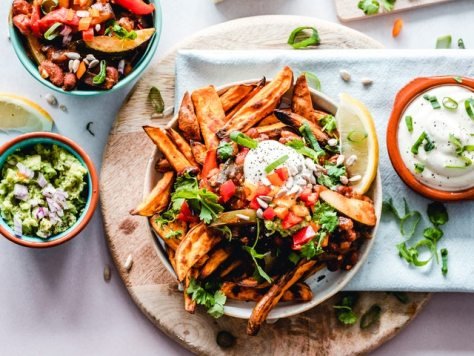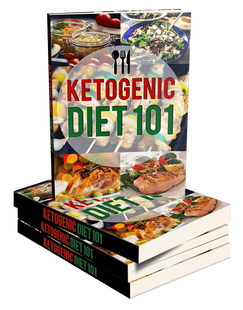WHAT IS KETOSIS?

Ketosis Explained
Ketosis occurs when the body burns off all of its carbohydrates, so it targets glycogen stores instead.
It’s normally used as a way to lose fat, but the only way to maintain the weight loss is by going on a keto diet (low carb) after the fast. Which, if you don’t have good self-discipline, it’s very difficult.
The Popular 28-Day Keto Challenge
Risk To Diabetics
People with type I diabetes are at risk of developing ketoacidosis from the diet, so it’s not a good idea for those people to go into a metabolic state of ketosis. But, if you don’t have any medical conditions you should be fine, as long as you replenish your electrolytes when needed. (potassium, sodium, magnesium).
Keto Diet Introduction
Ketosis Is Physiological
Physiological ketosis that arises as a result of ketogenic diets is characterized by ketone bodies in the blood reaching a maximum level of 8 mmol/l with no change in pH, compared to uncontrolled diabetic ketoacidosis where their level can exceed 20 mmol/l and result in a lower blood pH.
The term “ketone bodies” refers to three specific compounds: acetone, acetoacetate and beta-hydroxybutyrate (or beta-hydroxybutyric acid). The circulating levels of ketone bodies depend both on their rate of production (i.e.ketogenesis) and their rate of utilization (i.e.ketolysis). They are of vital importance to the brain, which is unable to derive energy from other sources when blood glucose levels are low. In healthy adults, the liver is able to produce 185 grams of ketone bodies each day. The main ketone body produced is acetoacetate, but the primary circulating ketone is beta-hydroxybutyrate. They are then incorporated into acetyl coenzyme A and used in the Krebs cycle – the central metabolic pathway in all aerobic organisms.A majority of ketone bodies are formed in a process of ketogenesis when fatty acids liberated from adipose tissue are broken down during fasting or adrenergic stress. Fatty acids in circulation may also be derived from the action of lipoprotein lipase on chylomicrons (largest lipoproteins) or low-density lipoproteins (VLDL), which mainly happens in the non-fasting state.

